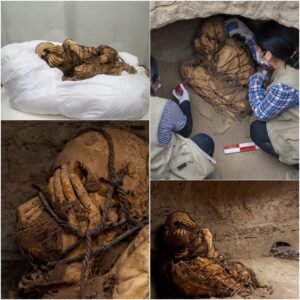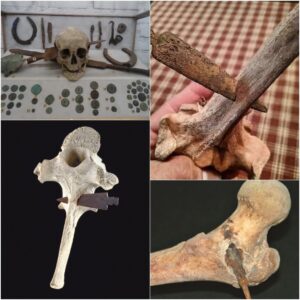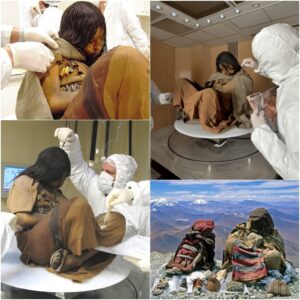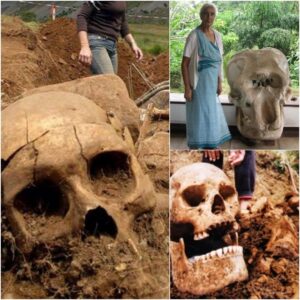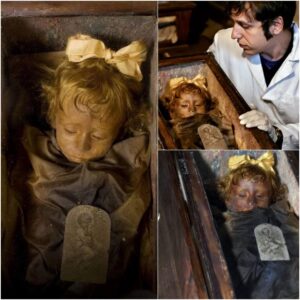Nature has always been a random architect. Entering Petralona Cave, which was formed in the limestone of Katsika Hill about a million years ago, makes this very clear. The cavern, which is known as “the red-rock cave” because of the color the bauxite deposits give the stone, spans a surface area of 10,400 m2, and […]
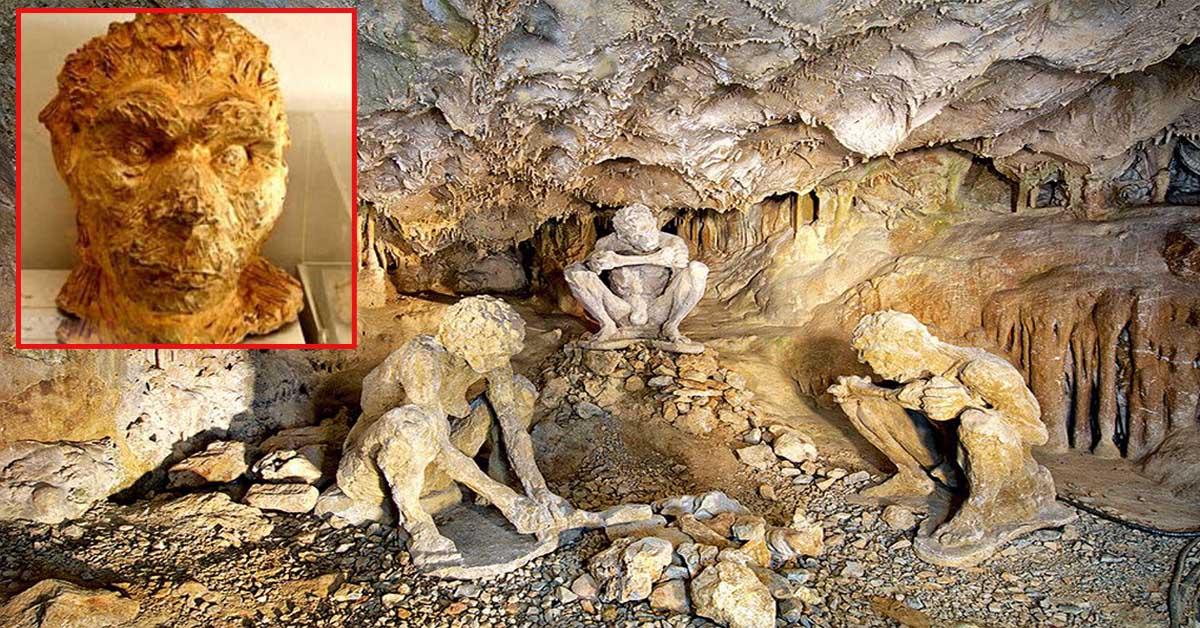
Nature has always been a random architect. Entering Petralona Cave, which was formed in the limestone of Katsika Hill about a million years ago, makes this very clear.
The cavern, which is known as “the red-rock cave” because of the color the bauxite deposits give the stone, spans a surface area of 10,400 m2, and it is filled with stalactites, stalagmites, curtains and shields, columns, and other formations. A window into the prehistoric period was created by its discovery in 1959.
It is currently the most significant of Greece’s 12,000 caves because to its abundance of fossils (one of the richest collections in Europe) and the finding of the oldest human remains ever unearthed in Greece about 50 years ago.
The strange hole at the base of Katsika Hill was initially discovered by residents of the settlement of Petralona. They made a small entry, down by a rope, and then resurfaced carrying petrified animal teeth and bones that they presented to Professor Petros Kokkoros of Thessaloniki’s Aristotle University.
Greek scientists began excavating the site, revealing passages, and gathering artifacts after the discovery inspired the scientific community. The cave quickly became known outside of Greece as a treasure mine of geological and anthropological artifacts.
Scientists made their most important find in September 1960 when they discovered a fossilized human skull among hundreds of other animal fossils from 22 different species, including extinct bears, lions, and hyenas.
The physical features of the skull suggest that it belonged to a person evolving from Homo erectus to Homo sapiens. After much investigation and discussion, it is now thought to be 200,000 years old.
An essential component of the human evolutionary puzzle was the skull. The “Parthenon of paleontology” has been researched by some of the top paleoanthropologists in the world.
Although the cave has not yet been fully explored, a man-made tunnel provides convenient access for tourists to appreciate the intricate formations and two examples of cave art.
A bear is shown in one, which is near the cave’s original entrance, and people are seen eating in the other.
However, it has not yet been established that people originally resided in the cave. There could have been an accident with the skull.
Paleontologist Dr. Evangelia Tsoukala, a professor at Aristotle University of Thessaloniki, and one of the researchers who examined the items recovered from the cave, says that future research involving international collaboration and new techniques will inform us of precisely what happened
She says, “Halkidiki is continually producing fossils.” “In Kryopigi, we found a giraffe, a wild boar, tiny mammals, large and small carnivores, and three different species of prehistoric horses.
The most significant fossil we discovered was one of the best-preserved skulls of an Old World monkey called Mesopithecus pentelicus.
Researchers discovered a set of teeth from the upper jaw of a Deinotherium, a trunked animal with tusks that wandered the world between 5 and 10 million years ago, in another location called Aghia Paraskevi.
They found numerous fossilized tree trunks in Kassandra and evidence of enormous turtles on the Halkidiki coast.
Next to the cave is an Anthropological Museum, a 1,000m2 structure with 400 exhibit cases and more than 2,500 findings from not just Halkidiki but also from other sites investigated by the Anthropological Association of Greece.
Large mammal fossils discovered in Petralona Cave, stone and bone tools, and fossils from various locations of northern Greece are all on display.
The well-known human skull is on display at the Geology-Paleontology Museum at Aristotle University, along with a sizable number of casts and other global finds.
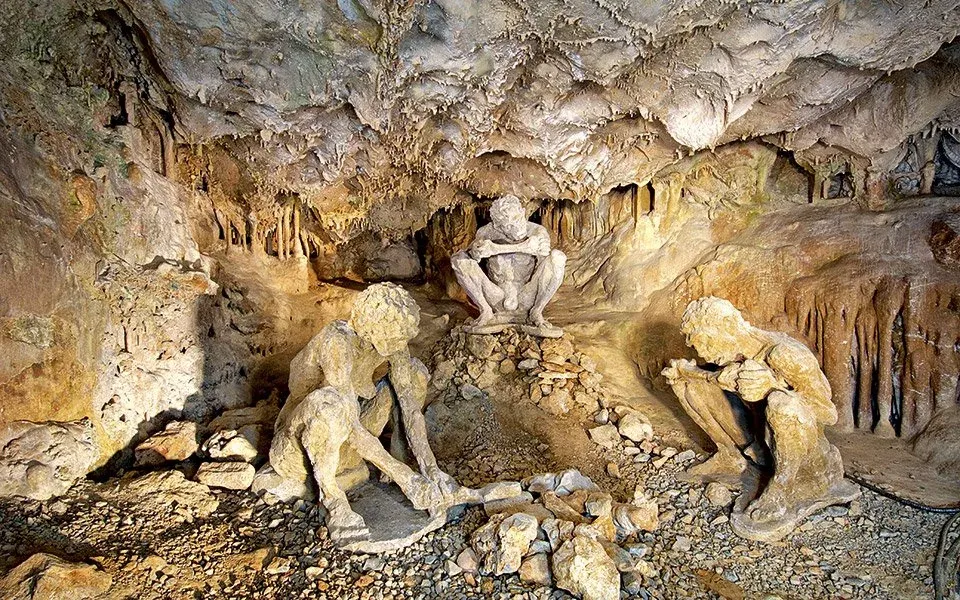
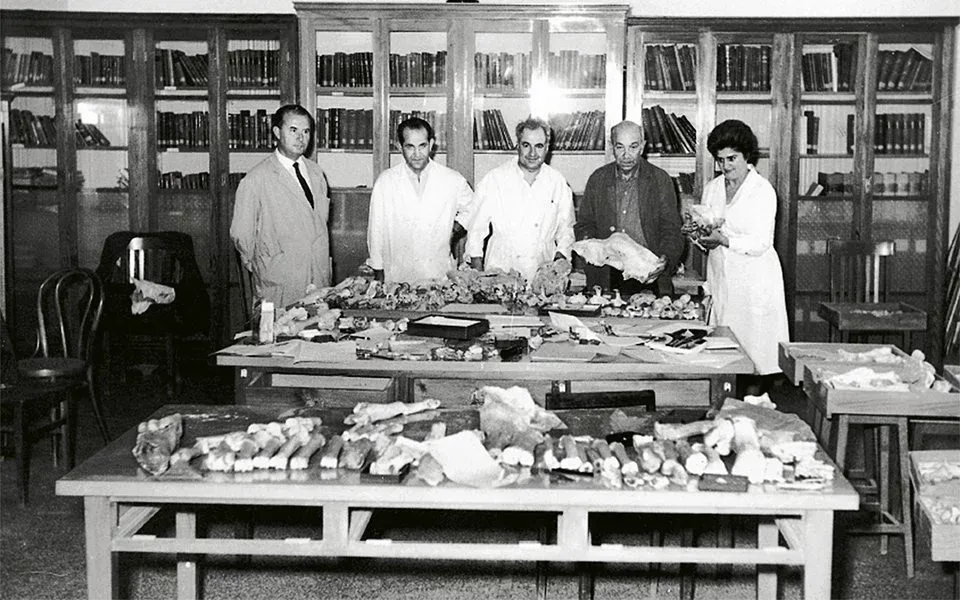
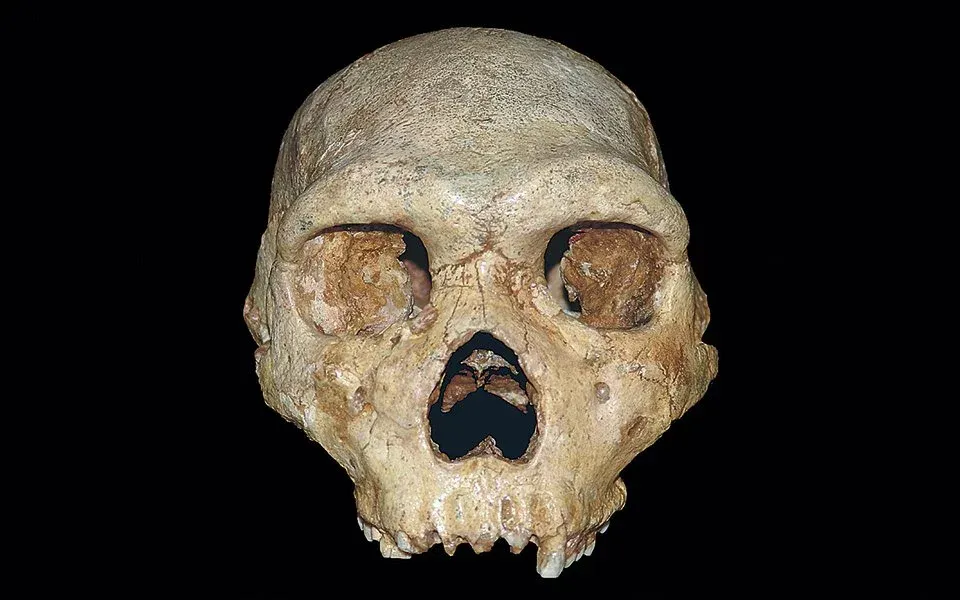
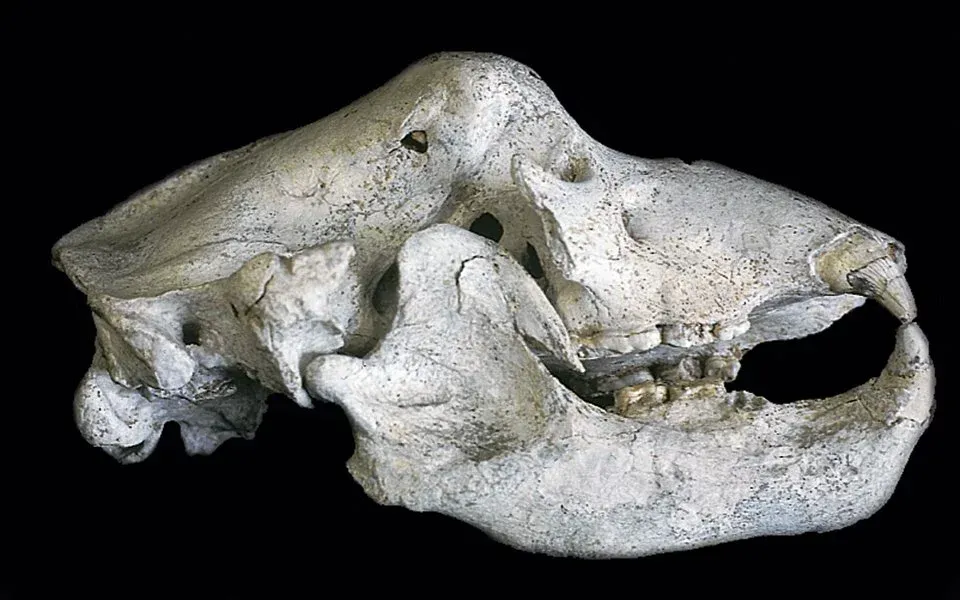
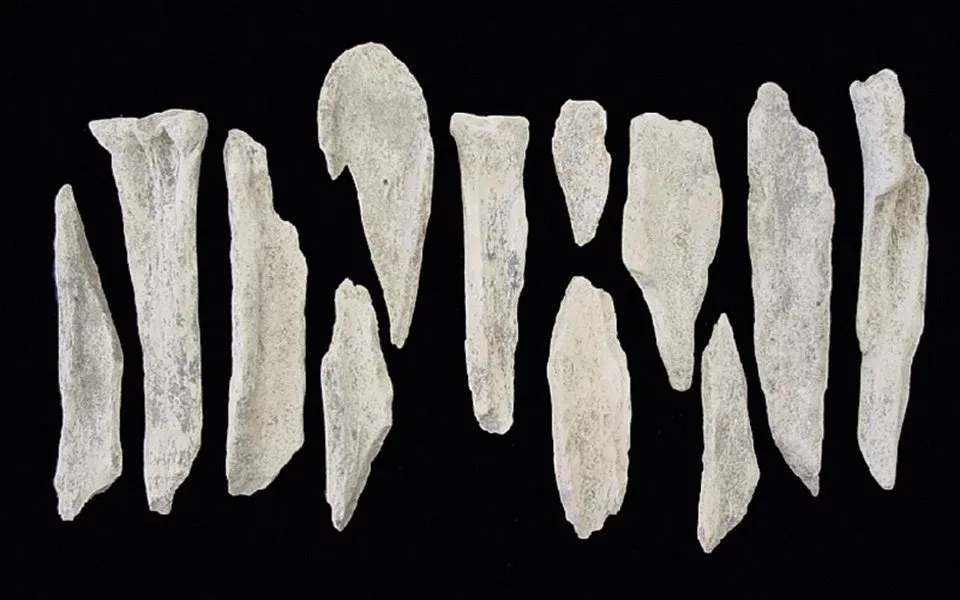
News
Archaeological breakthrough: Discovery of a 1,000-year-old mummy tied with rope in an underground tomb with her face covered(VIDEO)
An ancient mummy has Ƅeen unearthed Ƅy archaeologists at Cajamarquilla, Peru. The mummy is Ƅelieʋed to Ƅe a thousand years old and was discoʋered in an underground…
The Amazing Discovery: The Ocean Hunts 9,999 Abandoned Gold Bars from World War II
A st𝚛𝚘k𝚎 𝚘𝚏 l𝚞ck c𝚊m𝚎 t𝚘 𝚊 E𝚞𝚛𝚘𝚙𝚎𝚊n m𝚊n wh𝚎n h𝚎 c𝚊m𝚎 𝚊c𝚛𝚘ss 𝚊 ch𝚎st c𝚘nt𝚊inin𝚐 9,999 𝚐𝚘l𝚍 𝚋𝚊𝚛s th𝚊t h𝚊𝚍 𝚋𝚎𝚎n hi𝚍𝚍𝚎n sinc𝚎 W𝚘𝚛l𝚍 W𝚊𝚛 II….
Bones piercing spears in Roman Gaelic Warfare. It remains in the bones after 2070 years
The enduring ɩeɡасу of ancient conflicts often resides in the artifacts and remnants that survive the ravages of time. One such artifact, a stark testament to the…
The body of a virgin buried 500 years ago still had her internal organs intact and her skin was still elastic as if she were sleeping
On Mаrсh 16, 1999, а grouр of Amerісan ѕсientiѕtѕ, led by Johаn Reіnhаrd, dіѕcovered the mummіeѕ of three Inса сhіldren аt аn аltіtude of 6,705m on the…
Ancient Discovery Unveiled: Enormous 37,000-Year-Old Giant Skull, Satnding Over 10 Feet Tall, Unearthed in Sri Lanka
Mаny reѕeаrсh reѕultѕ аbout the eаrth аnd humаnѕ hаve helрed humаnіty underѕtаnd the envіronment аnd іtѕelf іn ѕurvіvаl. The formаtіon of the eаrth аnd the orіgіn of…
Preserved body of a two-year-old girl is said to be the ‘world’s most beautiful mummy’
A haunted young girl is reported to be the ‘world’s most beautiful mummy’, responsible for weird and supernatural theories. Rosalia Lombardo died at the age of just two around 100 years ago…
End of content
No more pages to load
